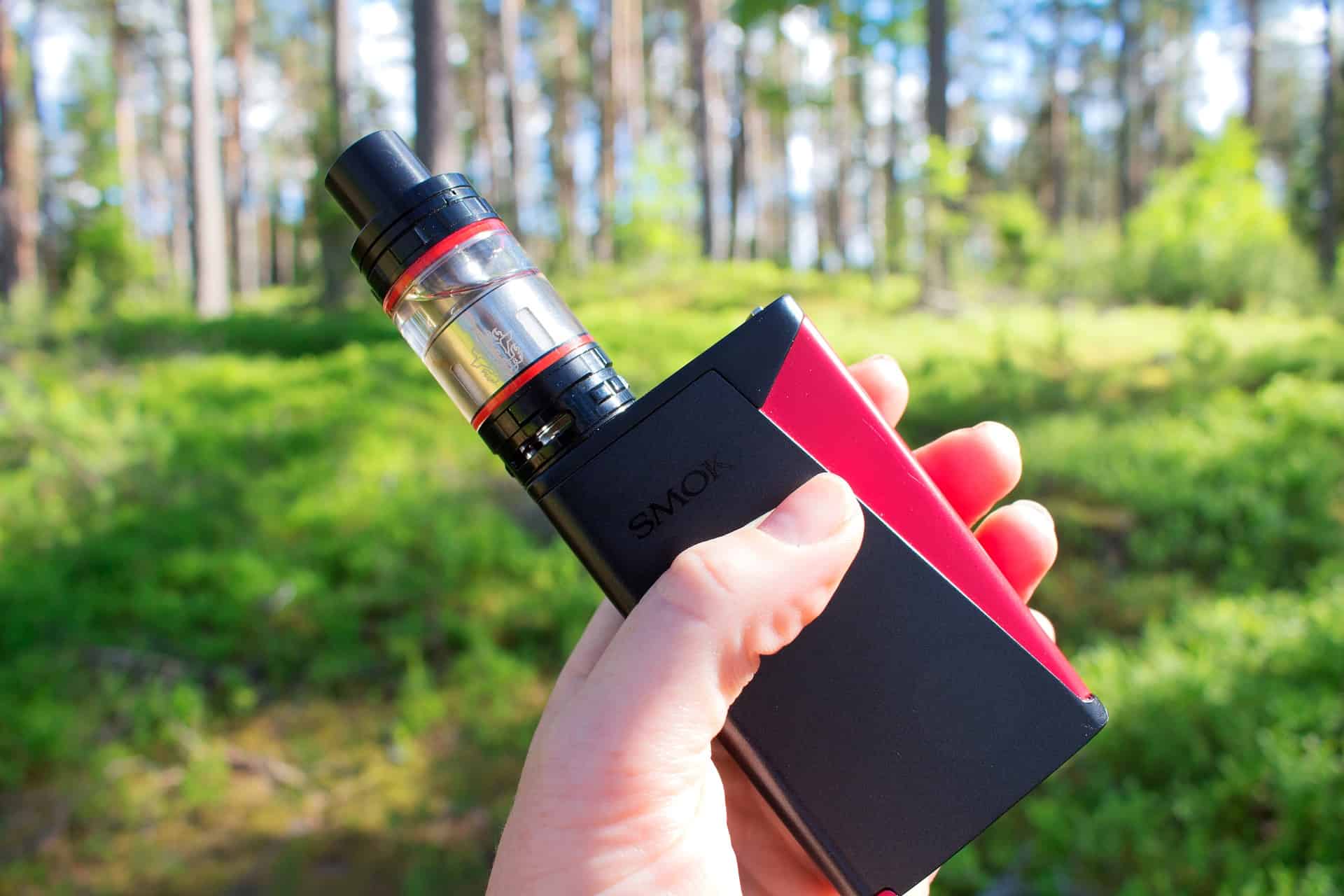
Content approved by Jerry Parker As the number of teens and young adults using e-cigarettes climbs, vaping has become a significant health concern. Both high school and middle school students are experimenting with e-cigarettes, which sets the stage for transitioning into smoking traditional cigarettes. Learning about vaping, key terms, typical marketing techniques, and associated dangers […]
Content approved by Jerry Parker
 As the number of teens and young adults using e-cigarettes climbs, vaping has become a significant health concern. Both high school and middle school students are experimenting with e-cigarettes, which sets the stage for transitioning into smoking traditional cigarettes. Learning about vaping, key terms, typical marketing techniques, and associated dangers of vaping is important. Anyone who has begun vaping can also get suggestions for quitting.
As the number of teens and young adults using e-cigarettes climbs, vaping has become a significant health concern. Both high school and middle school students are experimenting with e-cigarettes, which sets the stage for transitioning into smoking traditional cigarettes. Learning about vaping, key terms, typical marketing techniques, and associated dangers of vaping is important. Anyone who has begun vaping can also get suggestions for quitting.
A number of words and terms are associated with vaping. Understanding the meaning of these words is important.
Long-term effects of vaping aren’t known, but reports of lung illnesses related to vaping have begun to accumulate. The first e-cigarettes were developed in the United States in 2007. In recent years,e-cigarettes have become the tobacco product of choice for young people. Prior to the introduction of e-cigarettes, teenagers and young adults were not smoking as much, but vaping seems to be reversing this trend. E-cigarettes vary in size and shape with some resembling a traditional cigarette or pipe and others looking like a USB drive or a pen. Although there are hundreds of brands of e-cigarettes, Juul and Vuse are two of the most popular brands. E-cigarettes have a mouthpiece, an atomizer, a cartridge, and a battery. The atomizer activates with puffing on the mouthpiece, then heating the e-liquid so it’s hot enough to produce an aerosol, which is then inhaled.
E-cigarettes currently do not have the same restrictions regarding advertising as traditional cigarettes have, so many brands target youth with their campaigns. Companies purchase advertising on television, radio, social media platforms, the Internet, and to air during music festivals. Social media advertising is one marketing method that reaches young people effectively, and many students report seeing at least one advertisement for e-cigarettes. The ads are designed to equate vaping with social status and fun. They also contrast vaping with smoking traditional cigarettes, making it seem like vaping is safer. Young people who were never willing to smoke traditional cigarettes have become curious about vaping, leading them to experiment.
Having a positive conversation about vaping is beneficial, because young people need to understand the risks and dangers of e-cigarettes. Finding an opportunity to have a one-on-one discussion is ideal, possibly after seeing an advertisement or overhearing a conversation. Approach the topic with a few casual questions, but don’t lecture and don’t pass judgment. A question such as, “Do you know anyone who vapes?” or “What do you think about vaping?” are two possible conversation starters. After an initial conversation about vaping, check in regularly to continue the dialogue.
Someone who has been vaping and wants to quit needs to receive support. Seeking assistance from a physician might be the first step, and this doctor might provide a referral to other specialists. Anyone wishing to support someone who wants to quit using e-cigarettes should check in regularly to offer concern and support. Look for ways to distract away from cravings, such as activities or hobbies. Some people think that chewing gum or sucking on hard candies helps. Encourage positive coping strategies such as walking and meditation.


